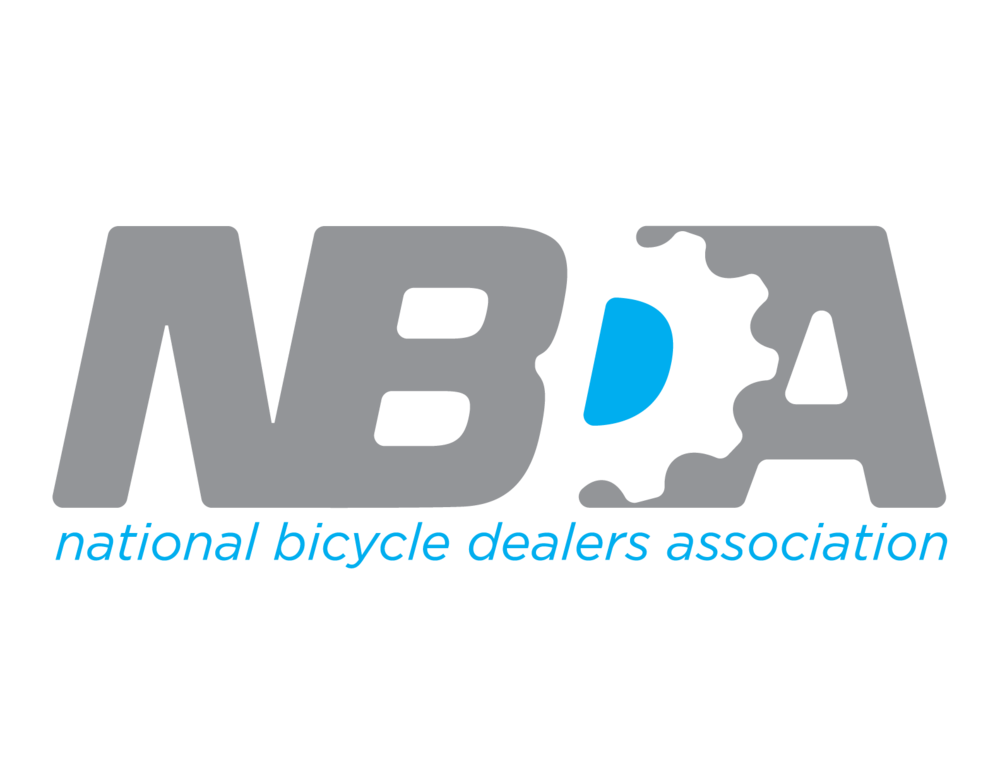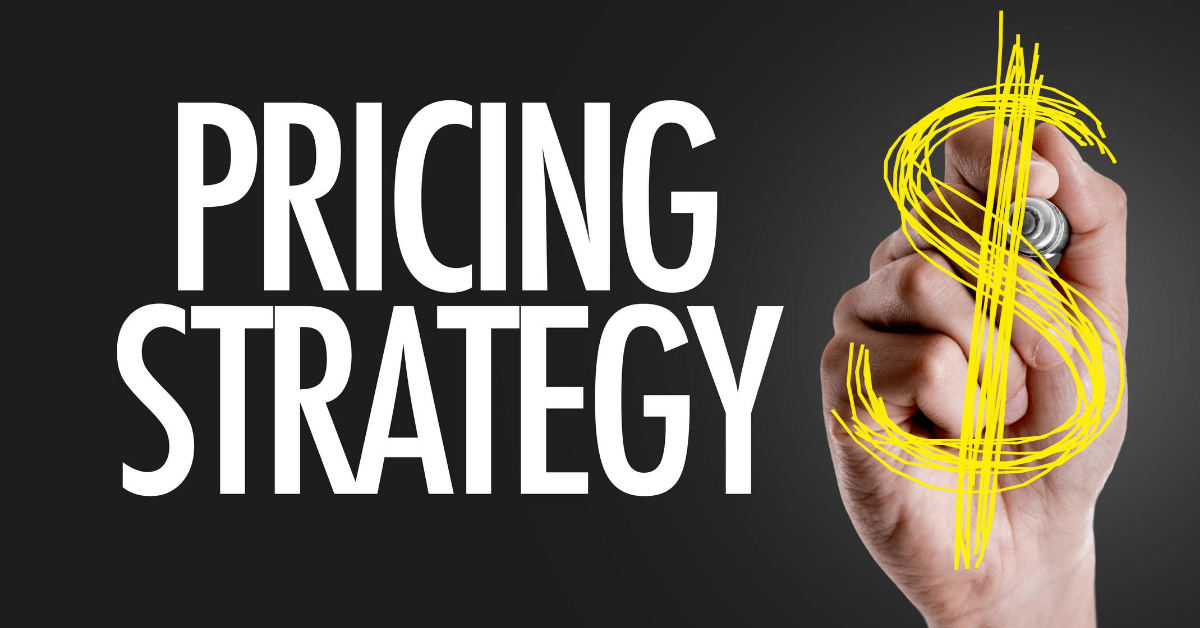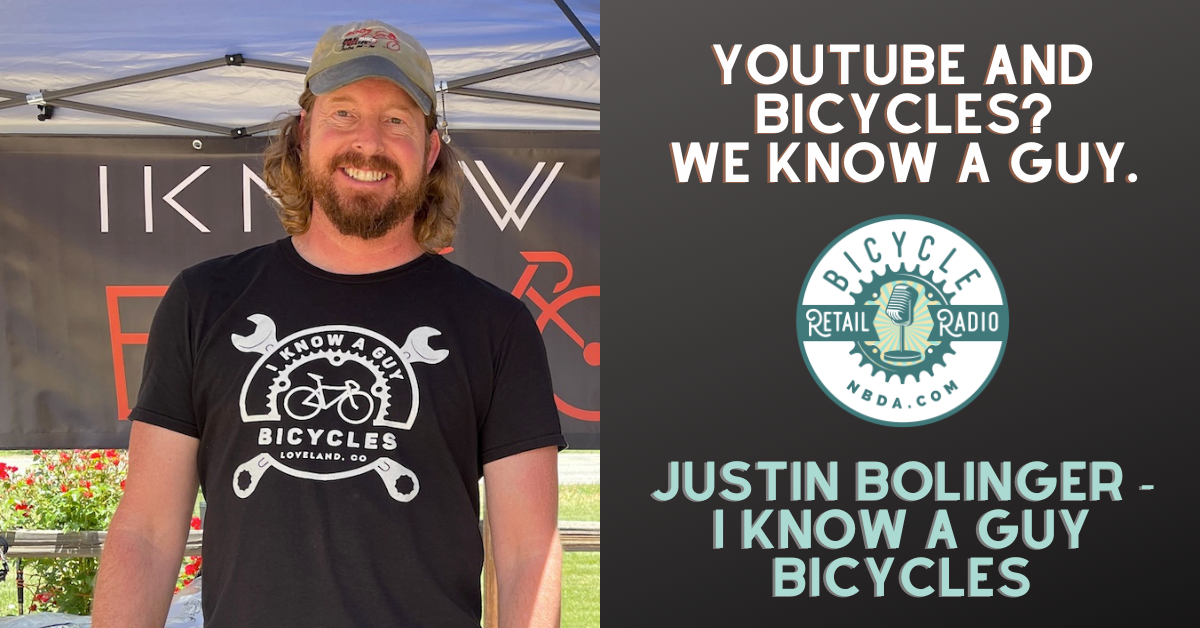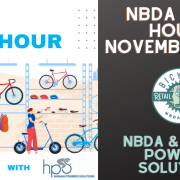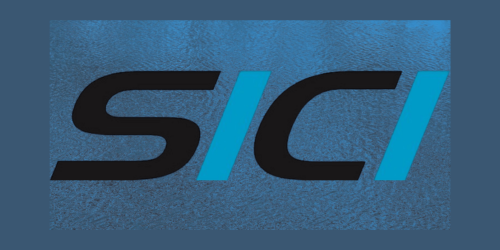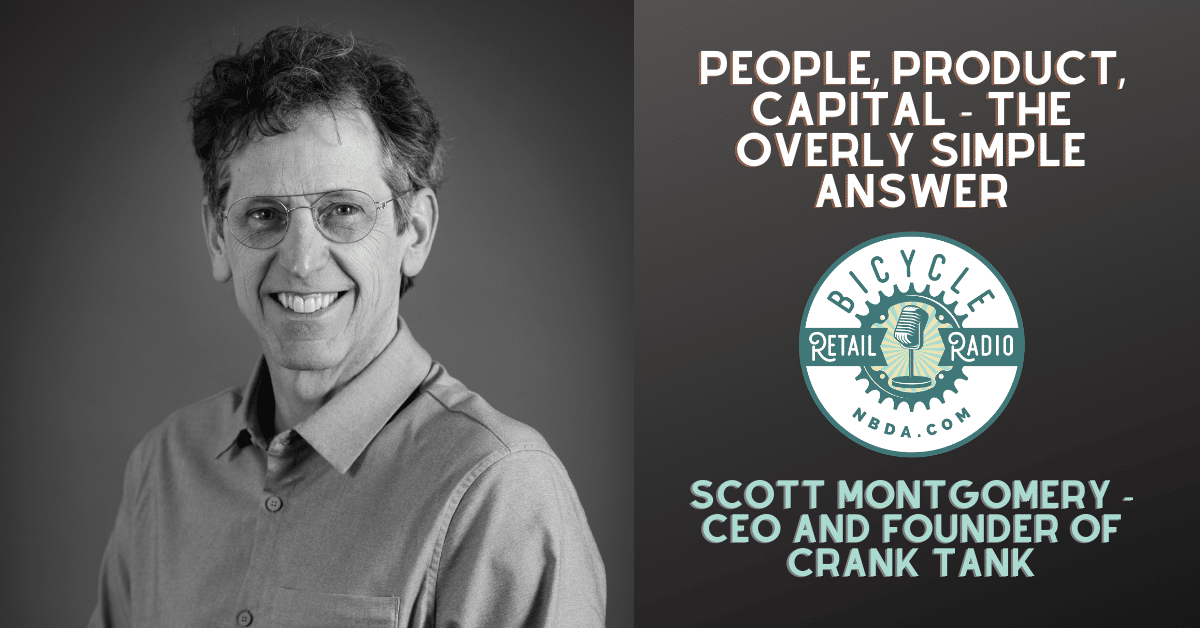Margins And Pricing: How To Run A Profitable Bike Shop in 2020 and Beyond
Margin. Probably one of the most uttered words when discussing bicycle retail. Margins are generally regarded as too low, getting lower, eroding, hard to maintain, and that retailers are at the mercy of the supplier, internet pricing, and MAP pricing. However, some retailers seem to make due and thrive while others are selling the same products struggle. One of the most straightforward reasons is some retailers will negotiate for the best pricing!
So, how critical are margins? Well, that is a bit of a loaded question. On the one hand, they are crucial, but the reality is that so many other things weigh in on a store’s profitability. Expenses are a considerable part of profitability, as is the ability to avoid discounting and turning your inventory as quickly as possible. But let’s get back to margins and talk product margins, which is where the discussion is always centered. Rarely do retailers discuss or complain about their control or lack of retaining as much margin as possible. Evaluating product margins has to happen from the standpoint of what you end up with once the product is sold, or what is referred to as realized margin. This idea is straightforward but can be overlooked if you do not use financial tools to do these evaluations. Two products with different initial (wholesale) margins may, for many reasons, have flip-flopped realized margins. Things like color, quality, sales staff buy-in, and many other factors can affect an item’s ability to sell quickly at full price/margin. An underperforming item isn’t a good buy if it ends up languishing on your shelves and eventually is discounted to a lower realized margin.
Margin and Pricing
Hand in hand with margins and successful stores lies the topic of pricing. There is very much an art to pricing the items and services in your store. Of course, there are many very price-sensitive items in your store that you will be pricing at, generally the retail price that a supplier sets. These items will most likely be bikes and other high-profile items that have been researched before a customer arrives. However, you must be very careful not to fall into the trap of thinking that an item that has an acceptable margin on paper is profoundly affected by what the article may be selling online. You can probably think of a few things that sell at or even below your wholesale pricing if you search for the best price. The reality for your store may be that it can still sell very well at the full margin in your business. I know from personal experience that even items that are very susceptible to discounting online may again sell very well at full price in your store. This conversation is a different and more detailed on psychology – both yours and customers, which can derail you if you don’t experiment and make all efforts to keep your own bias from altering reality. Don’t just blindly assume you can’t command a full-margin for an item until you have tried. Also, your service center is very much an area that you can use to regain margin loss elsewhere. If you are struggling with ideas on uncovering these hidden margin opportunities, please visit my P2 consulting page to learn how I may be able to help you increase your profitability. A few easy examples would make sure you are charging for services that customers may not expect to free. When selling a bike, for example, could you be charging to install additional accessories or component swaps? The answer is yes if you are wondering, yet many store owners and staff will argue that it’s impossible. However, the store across town is quietly doing just that, and it is working out just fine. You don’t know if something works until you try it, and try it with conviction.
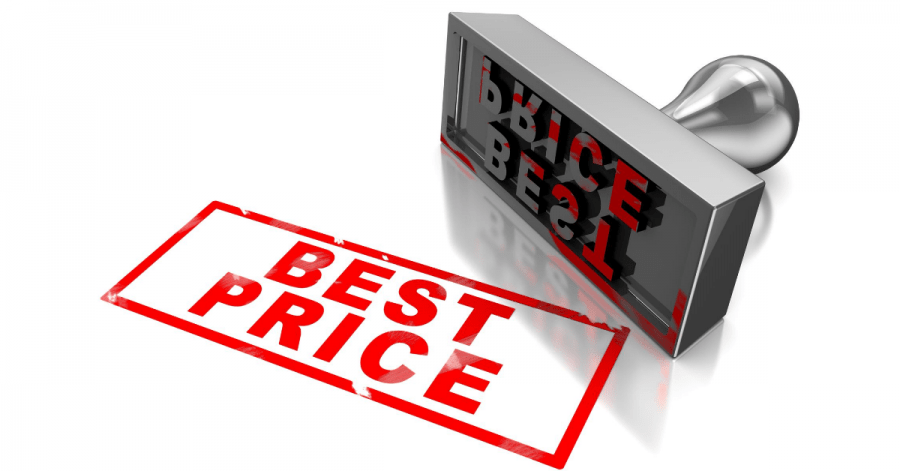
Running a Profitable Bike Shop
Running a profitable bike shop is not as simple as it would appear on the surface. When it comes to pricing and margins, I hope you begin to analyze your business to dig deeper into your potential profitability. Do not just assume that margins are too low. You have an ultimate say in your margin maintenance and pricing strategies. Margins and pricing are, of course, a very critical part of your success. Still, they are also not the simple issue many will make them out to be, and with some serious attention to details, you will begin to realize just how much control you ultimately have over your business.
Words by David DeKeyser
 David DeKeyser and his wife Rebecca Cleveland owned and operated The Bike Hub in De Pere, Wisconsin, for nearly 18 years. In 2018, they sold the business and real estate to another retailer based in a nearby community. David now writes the Positive Spin series on Bicycle Retailer and Industry News and he writes articles for the NBDA’s blog, Outspokin’. David also provides business consulting through the NBDA’s P2 Consult Program.
David DeKeyser and his wife Rebecca Cleveland owned and operated The Bike Hub in De Pere, Wisconsin, for nearly 18 years. In 2018, they sold the business and real estate to another retailer based in a nearby community. David now writes the Positive Spin series on Bicycle Retailer and Industry News and he writes articles for the NBDA’s blog, Outspokin’. David also provides business consulting through the NBDA’s P2 Consult Program.
 The NBDA has been here since 1946, representing and empowering specialty bicycle dealers in the United States through education, communications, research, advocacy, member discount programs, and promotional opportunities. As shops are facing never-before-seen circumstances, these resources offer a lifeline. Together, we will weather this. We at the NBDA will not waver in our commitment to serving our members even during this challenging time—but we need your support.
The NBDA has been here since 1946, representing and empowering specialty bicycle dealers in the United States through education, communications, research, advocacy, member discount programs, and promotional opportunities. As shops are facing never-before-seen circumstances, these resources offer a lifeline. Together, we will weather this. We at the NBDA will not waver in our commitment to serving our members even during this challenging time—but we need your support.
Now is the time to become a member as we join together to make one another stronger. Whether you’re a retailer or an industry partner, your membership in the NBDA is one of the best investments you’ll make this year.
Learn more about the benefits of being a member and join now.
